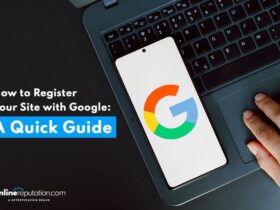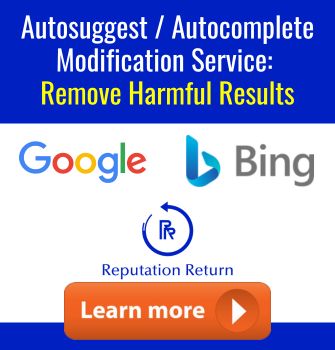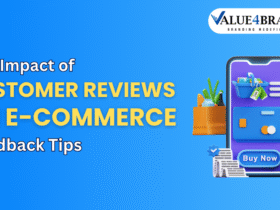In today’s digital landscape, understanding and leveraging People Also Ask (PAA) boxes is crucial for enhancing online visibility and user engagement. These dynamic features on search engine results pages (SERPs) provide users with related questions, offering brands a unique opportunity to capture attention and drive targeted traffic. At Reputation Return, we specialize in strategies that not only protect your digital brand but also elevate your online presence through PAA optimization.
The interplay between People Also Ask and PAS (People Also Search) creates a powerful platform for boosting engagement and organic visibility. By aligning your content with these features, you can address user intent more effectively, ensuring your brand stands out in competitive landscapes. Our expertise at Reputation Return is built on actionable insights and industry-leading strategies, designed to safeguard your digital reputation while driving growth.
A strategic approach is essential for maximizing the potential of PAA and PAS. By understanding user behavior and search patterns, we help you craft content that resonates and converts. In this guide, we’ll walk you through proven methods to harness these tools, ensuring your brand not only thrives but also maintains a strong, positive online presence.
Key Takeaways
- People Also Ask (PAA) boxes are dynamic SERP features that enhance user engagement and visibility.
- PAA optimization is vital for improving online reputation and driving targeted traffic.
- The combination of PAA and PAS creates a powerful platform for addressing user intent.
- A strategic approach is crucial for maximizing the benefits of PAA and PAS.
- Reputation Return offers expert strategies to protect and enhance your digital brand.
Overview of the People Also Ask Feature
People Also Ask (PAA) is a dynamic feature on search engine results pages (SERPs) that displays a series of questions related to the user’s query. These questions are generated based on user search intent and content relevance, providing immediate, relevant answers that enhance user engagement.
How PAA Enhances User Engagement
The PAA feature appears prominently near the top of search results, typically after the first organic listing. By offering follow-up questions, it encourages deeper exploration and keeps users engaged with the content. This feature is particularly beneficial for businesses, as it allows them to occupy more screen real estate and drive targeted traffic through authoritative answers.
Key Components of Google’s PAA
The PAA feature includes an expandable question-answer format, with each question revealing a concise answer when clicked. The answers are typically 40-60 words in length and often serve as featured snippets. This format influences search behavior by providing quick, accurate information, which is especially valuable for voice search queries.
“The PAA feature is part of ongoing efforts to improve the search experience and keep users engaged longer.”
| Feature | Details |
|---|---|
| Position on SERP | Appears near the top, often after the first organic listing |
| Content Length | Answers are typically 40-60 words |
| Search Behavior Influence | Encourages deeper exploration and longer engagement |
By leveraging the PAA feature, businesses can target a broader array of long-tail keywords, enhancing their overall SEO performance. This strategic approach not only boosts organic traffic but also strengthens brand authority in competitive markets.
Google PAA Optimization
Understanding user intent is the cornerstone of effective search engine optimization. When users type a query, they’re looking for answers that directly address their needs. This is where the People Also Ask (PAA) feature comes into play, offering a unique opportunity to capture attention and drive engagement.
Understanding User Intent in Queries
To craft content that resonates, it’s essential to align your strategy with the natural flow of search queries. Start by analyzing query data to uncover the intent behind user questions. Are they seeking information, comparing options, or looking for a solution to a problem? Answering these questions accurately is key to ranking in PAA.
Structuring your content to directly address common questions is crucial. Keep your answers concise and informative, as users prefer clarity over fluff. Additionally, optimizing for featured snippets can enhance your visibility in both PAA and traditional search results.
At Reputation Return, we leverage data-driven insights to refine your optimization techniques. By focusing on long-tail keywords and user-centric content, we help you occupy more search engine real estate and drive targeted traffic. Our strategies ensure your content is not only seen but also trusted by your audience.
Benefits of Integrating PAA into Your SEO Strategy
Integrating PAA into your SEO strategy offers numerous benefits that can significantly enhance your online presence. By addressing user queries effectively, businesses can experience a notable boost in organic traffic and visibility.
Boosting Organic Traffic and Visibility
High-quality PAA content directly connects with increased organic traffic. When users find relevant answers, they are more likely to engage with your content, leading to higher click-through rates. For instance, a retail company saw a 30% increase in traffic after optimizing for PAA, demonstrating the tangible impact of this strategy.
Enhanced user engagement through curated answers builds trust and authority. By providing clear, concise information, businesses establish themselves as reliable sources, fostering customer loyalty and improving their online reputation.
“PAA boxes serve as a strategic tool for competitor analysis, allowing businesses to identify content gaps and opportunities.”
| Benefit | Details |
|---|---|
| Increased Visibility | PAA boxes appear near the top of SERPs, capturing user attention early. |
| Improved Traffic | Featured answers can double your organic traffic from a single query. |
| Enhanced Authority | Regular appearances in PAA sections boost topical authority and rankings. |
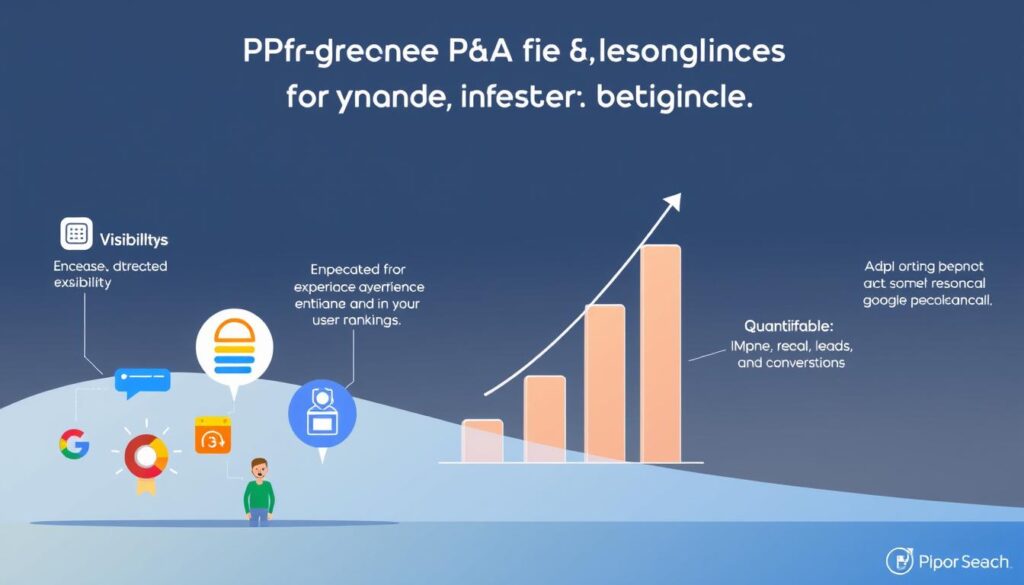
PAA optimization is crucial for managing online reputation. By providing clear, concise answers, businesses can shape user perceptions and build trust. At Reputation Return, we focus on these measurable benefits, ensuring your digital brand thrives with targeted strategies and expert insights.
Developing a PAA-Driven Content Strategy
Creating a content strategy that aligns with user needs is essential for capturing attention and driving engagement. By focusing on insights from PAA sections, businesses can craft content that directly addresses user queries, enhancing both relevance and visibility.
Identifying Relevant Questions from PAA
To develop an effective strategy, start by identifying frequently asked questions from PAA sections. Tools like SEMrush and Ahrefs can help uncover these questions, revealing valuable insights into user intent and search trends. This approach allows you to target long-tail opportunities effectively.
Aligning Content with User Search Behavior
Understanding user search behavior is crucial. Structure your content to align with natural search patterns, ensuring it meets user expectations. By addressing common questions concisely, you can improve engagement and visibility.
Leveraging Long-Tail Keywords for Enhanced Reach
Integrating long-tail keywords into your content extends your reach in competitive markets. These specific phrases capture niche queries, driving targeted traffic and improving your online presence.
| Strategy Component | Details |
|---|---|
| Identify Questions | Analyze PAA sections and tools for frequent queries. |
| Align Content | Structure content to match user search behavior. |
| Use Long-Tail Keywords | Target specific phrases for enhanced reach. |
By developing a comprehensive PAA-driven strategy, businesses can boost organic traffic and authority. At Reputation Return, we help you create content that resonates, ensuring your brand thrives online. For more insights, visit our guide on reputation management.
Implementing Actionable PAA Optimization Techniques
Creating content that resonates with users and search engines requires a strategic approach. At Reputation Return, we emphasize the importance of crafting clear, direct answers that align with user intent. This section will guide you through practical techniques to optimize your content effectively.
Crafting Concise, Direct Answers
The key to successful PAA optimization lies in brevity and clarity. Answers should be between 40-60 words, directly addressing the user’s query without unnecessary fluff. For example, if a user asks, “How does SEO improve website traffic?” a concise response might be:
“SEO boosts website traffic by improving search engine rankings through targeted keywords, quality content, and optimized meta tags.”
This approach ensures your content is both informative and easily digestible.
Structuring Content with Question-Based Headers
Using question-based headers helps search engines understand your content’s relevance. For instance, if you’re writing about SEO strategies, consider headers like:
- What Are the Benefits of SEO for Small Businesses?
- How Can I Improve My Website’s SEO Ranking?
- What Tools Are Best for SEO Analysis?
These headers signal to search engines that your content addresses specific user questions, enhancing your chances of appearing in PAA sections.
| Technique | Details |
|---|---|
| Crafting Concise Answers | Keep answers between 40-60 words for optimal visibility. |
| Using Question-Based Headers | Structure headers to match common user questions. |
| Eliminating Filler Language | Focus on actionable, direct communication. |
By implementing these techniques, you can improve user engagement and content readability, aligning with our expert advice at Reputation Return. Remember, the goal is to provide value while meeting search engine requirements.
Incorporating Schema Markup for Enhanced Visibility
Schema markup plays a vital role in enhancing how search engines understand your content. By adding structured data, you help search engines better interpret your content’s context, which can improve your visibility in search results.
Technical Implementation of Structured Data
Implementing schema markup involves adding JSON-LD scripts to your website’s HTML. Focus on areas like FAQ sections, where structured data can highlight questions and answers clearly. Tools like Google’s Structured Data Markup Helper can guide you through this process.
- Use specific schemas like FAQSchema for question-and-answer sections.
- Ensure all markup is error-free by testing with Google’s Structured Data Testing Tool.
Regularly updating your schema strategy ensures your content stays optimized and relevant, which is crucial for maintaining a strong online presence.
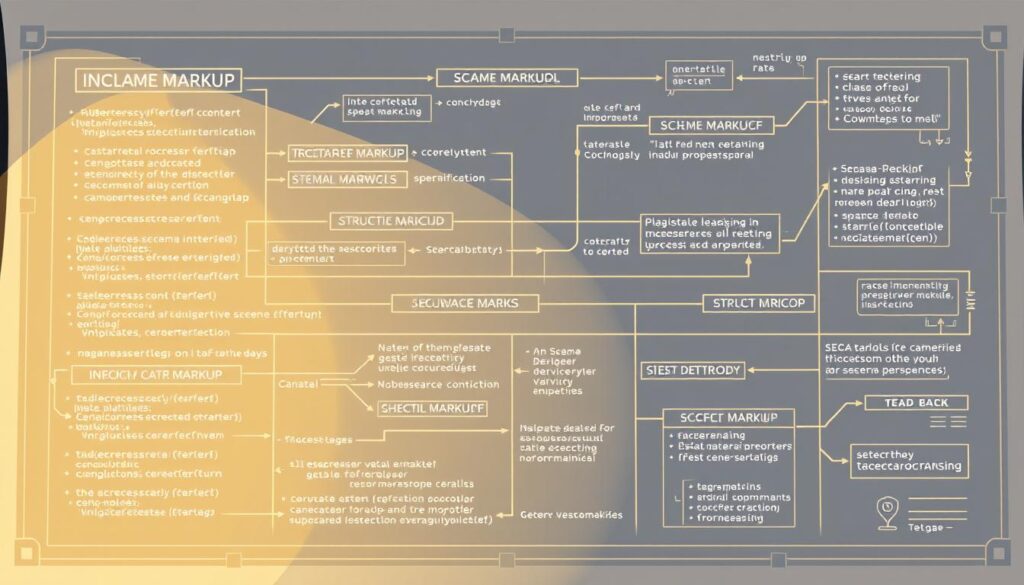
By integrating schema markup, you can increase your chances of appearing in both PAA sections and featured snippets, driving more targeted traffic to your site. At Reputation Return, we help you implement these strategies effectively, ensuring your brand’s online reputation is protected and enhanced.
Leveraging Tools to Scrape and Analyze PAA Questions
To stay ahead in today’s competitive digital landscape, leveraging the right tools is essential for scraping and analyzing PAA questions effectively. These tools not only uncover high-potential queries but also provide valuable insights into user behavior and search trends.
Exploring PAA Scraper and Keyword Tools
Various tools like PAA scrapers and keyword research platforms are available to help you pinpoint high-potential queries. These tools can scrape PAA data, offering insights into user intent and search trends. By integrating these insights into your SEO strategy, you can maintain competitiveness and drive targeted traffic to your site.
- PAA scrapers help identify frequently asked questions, revealing long-tail keyword opportunities.
- Keyword research platforms provide data on search volumes and trends, guiding content creation.
- These tools enable you to refine your strategy, ensuring your content addresses user needs effectively.
Utilizing Google Search Console for Insights
Google Search Console is a powerful tool for monitoring and analyzing PAA appearances. It helps you track your content’s performance and identify areas for improvement. Regularly updating your content based on these insights ensures it remains relevant and aligned with evolving search trends.
- Monitor PAA appearances to understand where your content resonates.
- Analyze traffic and engagement metrics to refine your strategy.
- Use automation to keep your content updated and relevant.
By leveraging these tools, you can gain a competitive edge and enhance your online visibility. At Reputation Return, we help you implement these strategies effectively, ensuring your brand thrives in the digital landscape. For more insights, visit our guide on brand visibility.
Advanced Strategies and Competitive Insights
As the digital landscape evolves, staying ahead requires more than just basic techniques. Advanced strategies can help you maintain a competitive edge and improve your online presence.
Monitoring Your PAA Performance
To track your progress, use robust analytics tools. These tools help you see how well your content is doing in the PAA section. Regular checks show where you’re succeeding and where you can improve.
Analyzing Competitor Strategies
Look at what your competitors are doing in PAA. By understanding their approaches, you can find new opportunities and stay ahead. This insight helps you refine your strategy and avoid their mistakes.
Refreshing Content with Data Insights
Update your content using data from PAA trends and new keywords. This keeps your content relevant and engaging. It’s a great way to capture more traffic and improve your rankings.
| Strategy | Details |
|---|---|
| Regular Monitoring | Use tools to track your PAA performance and adjust your strategy. |
| Competitor Analysis | Study competitors to find new opportunities and refine your approach. |
| Content Refresh | Update content with new keywords and trends to stay relevant. |
Data-driven decisions are key to refining your strategy. By leveraging competitive research, you can uncover new chances and stay ahead. This approach ensures your content remains effective and impactful.
Conclusion
In conclusion, mastering the People Also Ask feature is a powerful way to enhance your online presence and user experience. By aligning your content strategy with user intent, you can target high-value queries and drive meaningful engagement. Our guide has shown how a robust plan can boost organic traffic, protect your online reputation, and ensure your site stands out in competitive markets.
Key strategies include detailed research, technical implementations like schema markup, and continuous monitoring to refine your approach. These efforts not only improve your site’s visibility but also build trust and authority with your audience.
Ready to take your digital brand safety to the next level? Contact us at Reputation Return for a free, confidential consultation. Let us help you leverage these insights and maintain a strong, positive online presence. For more on managing your online reputation, visit our guide here.
FAQ
What is the People Also Ask (PAA) feature?
The People Also Ask feature is a section on Google’s search results page that displays questions related to the user’s query, along with answers from various sources. It helps users find additional information quickly.
How does PAA impact SEO strategies?
PAA provides insights into user intent and related queries, helping refine SEO strategies by targeting relevant keywords and improving content to match user needs more effectively.
What are the benefits of optimizing for PAA?
Optimizing for PAA can increase organic traffic and visibility by addressing user intent and related questions, enhancing your content’s relevance and reach.
How can I identify relevant PAA questions for my content?
Use tools like Google Search Console or PAA scrapers to find questions related to your topic. These tools help uncover what users are asking, guiding your content strategy.
What tools are effective for scraping and analyzing PAA questions?
Tools such as Ahrefs, SEMrush, and dedicated PAA scrapers can help extract and analyze PAA questions, providing valuable insights for content optimization.
How often should I monitor PAA performance?
Regularly monitor PAA rankings and adjust your strategy as needed. This ensures your content stays relevant and continues to meet user intent effectively.
Can PAA optimization improve user engagement?
Yes, by addressing related questions and providing concise answers, PAA optimization can enhance user engagement and improve the overall user experience.
How does schema markup benefit PAA optimization?
Schema markup helps structure your content, making it easier for search engines to understand and display it in featured snippets or PAA boxes, increasing visibility and click-through rates.
What role does user intent play in PAA optimization?
Understanding user intent is crucial. By aligning your content with what users are seeking, you can create more relevant and effective PAA-optimized content.
How can I ensure my content aligns with user search behavior?
Analyze search queries and PAA questions to identify patterns and topics. Tailor your content to address these insights, ensuring it meets user needs effectively.

